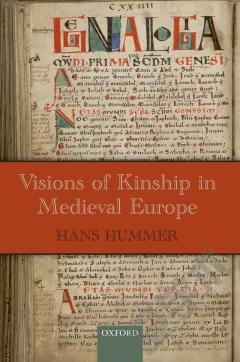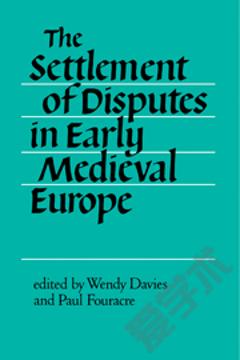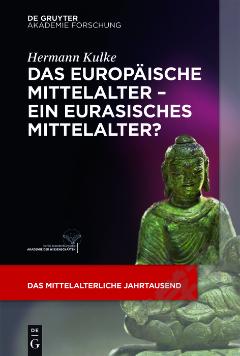The Medieval Expansion of Europe
This detailed study shows how the medieval tradition of exploration was rooted in Classical ideas of the world, and how the age of the Vikings, Marco Polo, and the crusaders paved the way for the famous voyages of the Renaissance. In the world which saw the great journeys of Marco Polo and Eric the Red it was still believed that the equator was too hot to cross, that distant lands were populated by a breed of men who shaded themselves with one large foot, and that in Asia there lived a Christian king who would help Europe defeat its enemies. Yet this was also an age of expansion for the medieval world, with trade and travel between Europe and other continents flourishing as never before. These were the centuries in which the Vikings reached North America, the crusaders established states in Palestine and Syria, merchants and missionaries travelled to the Asian dominions ofthe Mongol Great Khans, and adventurers were lured by dreams of African gold and the quest for Prester John. In this detailed survey, Dr J.R.S. Phillips draws on a large, often controversial body of evidence to show how the medieval European tradition of exploration was rooted in Classical ideas of the world, and how it in turn paved the way for the great exploratory journeys of the Renaissance. The book includes maps showing the extent of medieval Europe.
{{comment.content}}








 京公网安备 11010802027623号
京公网安备 11010802027623号